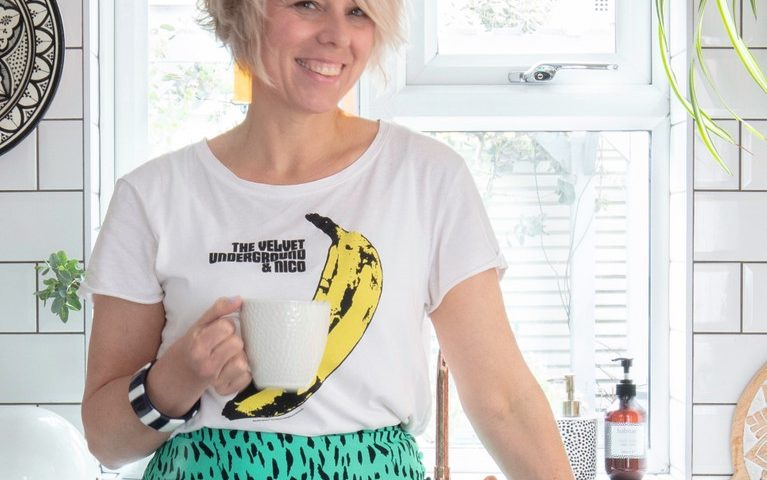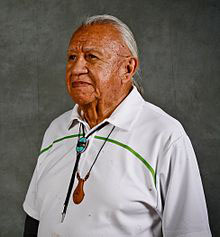Menopause, which typically begins between the ages of 45 and 55 and can last as long as 14 years, affects every woman differently, but many report having trouble sleeping. Experts have some tips for getting a good night’s sleep when experiencing night sweats from menopause.
Try to go to bed and wake up at the same time for the best sleep quality. Avoid napping if you can. Hot flushes and menopause can make sufferers feel more tired during the day, but napping can make it even harder to fall asleep at night.
Maxine Brady, a blogger and interior stylist, said she uses a Fitbit to help her stay on a regular schedule for going to bed.
- Keep your room ventilated and cool.
Dr Neil Stanley, a sleep expert and author of “How to Sleep Well,” said the ideal temperature for the bedroom is 60 to 65 degrees Fahrenheit, “although this is a matter of personal preference.”
Not all of us have air conditioning at home, and heating bills are on the rise which means it can be difficult to get any room to remain at this temperature throughout the night. However, there are ways to prevent a sleepless night of tossing and turning. Leave your bedroom window open a crack, especially during the spring and summer months. Having a flow of fresh air will help keep you cool and the gentle breeze can help relax you. During the winter months, or if you live on a noisy street, consider investing in a quiet fan to circulate the air around your room. You might also want to leave the bedroom door ajar to prevent the room from feeling stuffy.
To get the best sleep, we must keep our bodies comfortable, cool and dry. During the REM sleep stage, we’re not very good at keeping our body temperature constant. Menopause only makes this trickier. Linen achieves the highest airflow through the fabric in comparison to other regularly used bedding materials.
This one may sound obvious, but keeping your room dark is essential. Consider investing in black-out blinds or curtains. Alternatively, a classic eye mask will do the trick to keep the light out of your eyes in the morning and throughout the night.
- Wear good-quality pajamas.
We don’t sleep well if our skin feels wet from sweat. Breathable sleepwear, like linen pajamas, is great for moisture management and wicking.
It’s important to drink enough water throughout the day to prepare your body for a good night’s sleep and alleviate some symptoms of menopause, including dryness. But avoid drinking large amounts of water just before you head to bed, as you don’t want to end up running to the bathroom all night. Also avoid caffeinated drinks like coffee or cola for a few hours before you go to bed. And alcohol should be limited or avoided as much as possible.
Scrolling endlessly on your phone before bed is a bad idea at any age, but if you’re already struggling with sleep quality, it’s definitely something to avoid. Your phone screen emits blue light, which signals to your brain that it’s still daytime, knocking your body clock out of sync.
EFFECTS AND SYMPTOMS OF MENOPAUSE ARE UNPREDICTABLE
According to the National Institutes of Health, menopause affects each woman uniquely and in various ways. Their bodies use energy differently, fat cells change, and they gain weight, among other physical changes.
Because they may be caused by changing hormone levels, the frequency and severity of symptoms is unpredictable. Signs and symptoms at various stages of menopause include:
- Hot flashes. A sudden feeling of heat in the upper body, lasting between 30 seconds and 10 minutes. Face and neck flushed, red blotches on chest, back and arms. Can continue for many years.
- Loss of bladder control–incontinence. Sleep. Around midlife, some women start having trouble getting a good night’s sleep.
- Poor sleep. Can’t fall asleep easily, wake too early, night sweats.
- Vaginal pain during sexual intercourse, due to dryness.
- Moodier or more irritable.
- Bodily changes such as thinner skin, stiff and achy joints and muscles. Headaches, and heart palpitations are also possible.
Consulting with a doctor is recommended for treatment of menopausal symptoms. More information on the subject is available from the North American Menopause Society (menopause.org, 440-442-7550) and the American College of Obstetricians and Gynecologists (acog.org, 800-673-8444.

